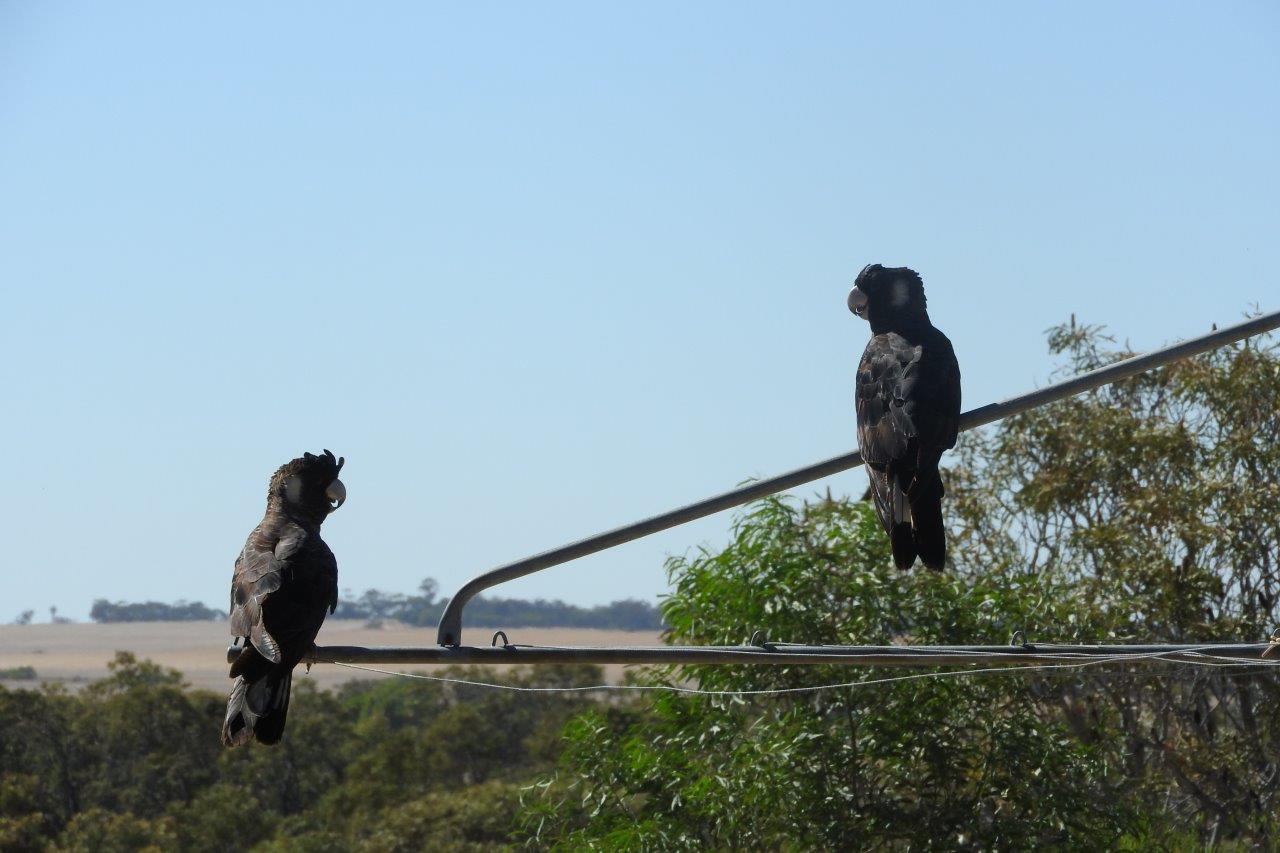The central Wheatbelt was once the primary breeding ground of the endangered Carnaby’s Black-Cockatoo. Unfortunately, as the feeding grounds and mature eucalypts with nesting hollows have been extensively cleared, the breeding range of the Carnaby’s has seen a contraction towards the Jarrah forests, in the west, and the larger nature reserves, to the south. With the loss of suitable breeding habitat, the Carnaby’s population is in decline.
If you have space and would like to improve the chances of populating the inland Wheatbelt once again by becoming home to breeding and potentially residential Black-cockatoos, we’ve put together a list of plants that you can grow on your farm, or in your garden.
The trees that provide nesting habitat for Carnaby’s do take 100-150 years to start producing suitable hollows but as the old Chinese proverb says, ‘The best time to plant a tree was 20 years ago (or 100 years ago in the case of the black-cockatoos). The second best time is now’.
Fortunately for Carnaby’s, there are many salmon gums, wandoo, gimlets and York gums in the inland Wheatbelt that have a head start – either through past revegetation programs, or through natural recovery and remnant patches of bush. As these trees start to mature, providing feeding habitat within 6km of these older eucalypts is the best chance we have of encouraging Carnaby’s back to the Wheatbelt to breed. The red-tailed black-cockatoos will also benefit from your efforts!
So, whether you’re in town or out on a farm, you can support the current and future black-cockatoos visiting the region by planting food and habitat plants for future generations. They will love the list of native food and habitat plants that we’ve put together and are suitable for your region!
Also, If you think you might know where they are breeding you can let us know through our cockatoo survey.
This project is supported by funding from the Australian Government’s National Landcare Program.


